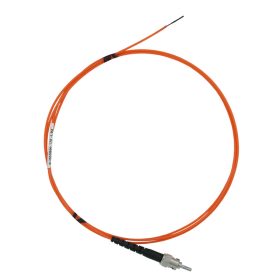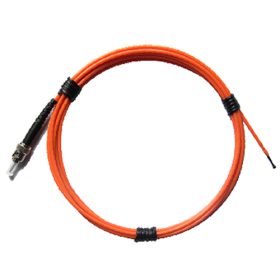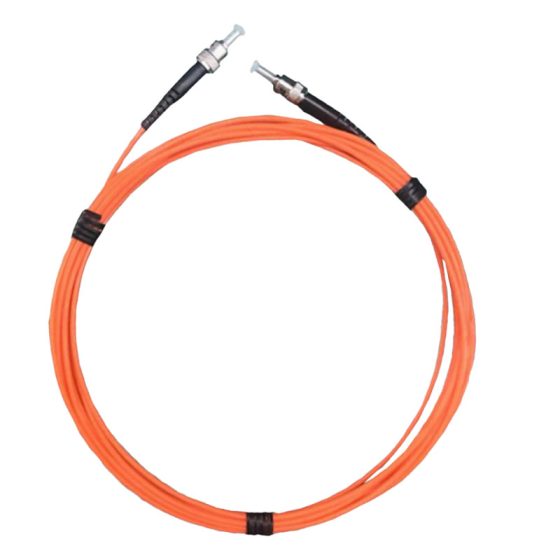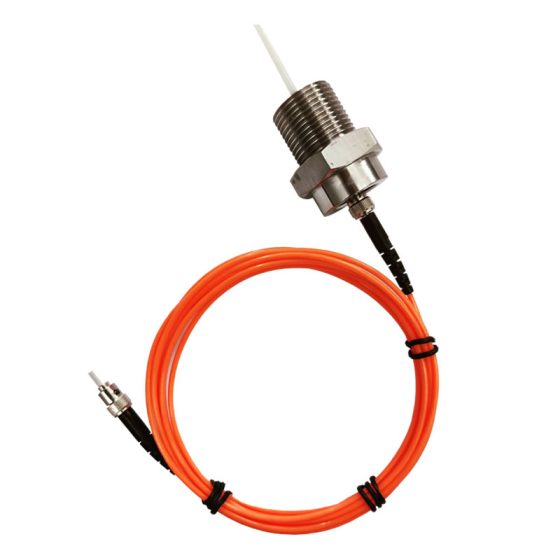The length, 精度, temperature measurement range, fiber diameter, and sheath material of fiber optic temperature sensors can be customized according to your needs. Please contact us for consultation!
Fluorescent fiber optic temperature sensing probes have many advantages that other temperature sensing probes cannot compare to, such as good electrical insulation, resistance to electromagnetic interference, chemical corrosion, and no pollution. This makes fluorescent sensing probes not only used in many fields such as biology and medicine, but also have broad application prospects in the power industry. They are mainly used for temperature measurement of high-voltage instruments in electrical equipment, temperature measurement between generator diagnostic systems and transformer windings, temperature measurement of high-voltage circuit breaker contacts, and temperature measurement of high-voltage cable joints.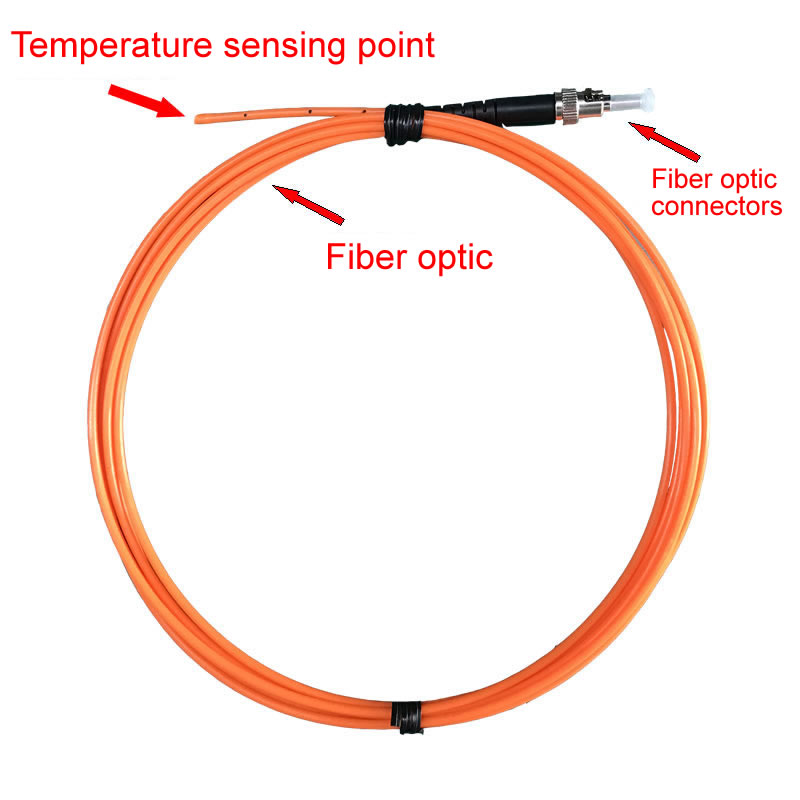
Introduction to Fluorescent Fiber Optic Sensing Probes
The fiber optic probe consists of three parts: ST connector, fiber optic cable, and end temperature sensing end. The ST connector is the connection part with the photoelectric module; Fiber optic cable is the transmission part, with quartz fiber inside. The quartz fiber has a coating and cladding on the outside, and a Teflon protective sleeve on the outermost part; The end temperature sensing end contains temperature sensing rare earth materials, which are used to generate optical signals containing temperature information; The optical fiber is resistant to high temperatures of 200 ℃ and has an outer diameter of 3mm. Long term bending radius of 13.2cm. Short term bending radius of 4.4cm. When the distance between the fiber optic lead and the ground is 0.4m, it can withstand a power frequency voltage of 100KV for a duration of 5 minutes.

The Temperature Measurement Principle of Fluorescent 光ファイバー温度センサー
ある 蛍光光ファイバー温度センサー マルチモード光ファイバーと蛍光体で構成されています (膜) 上部に設置. 蛍光物質は、特定の波長の光によって刺激されると蛍光エネルギーを放出します (刺激されたスペクトル). インセンティブが取り消された後, 蛍光残光の持続性は、蛍光物質の特性や環境温度などの要因に依存します. この励起された蛍光は、通常、指数関数的に減衰します, そして、減衰時間定数は蛍光寿命または蛍光残光時間と呼ばれます. 蛍光残光の減衰は、周囲温度によって異なります. そこで, 蛍光残光の寿命を測定することにより, その時の周囲温度を判別できる.

 INNO光ファイバー温度センサー ,温度監視システム.
INNO光ファイバー温度センサー ,温度監視システム.


